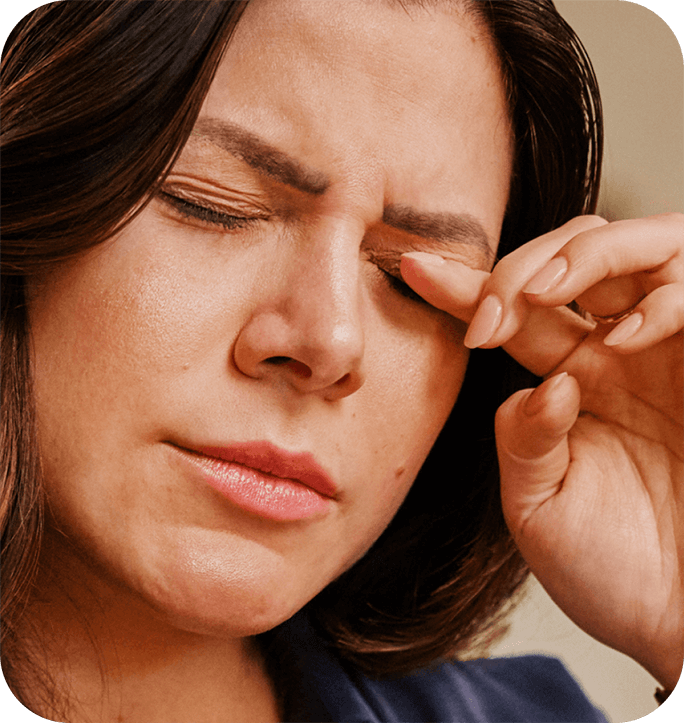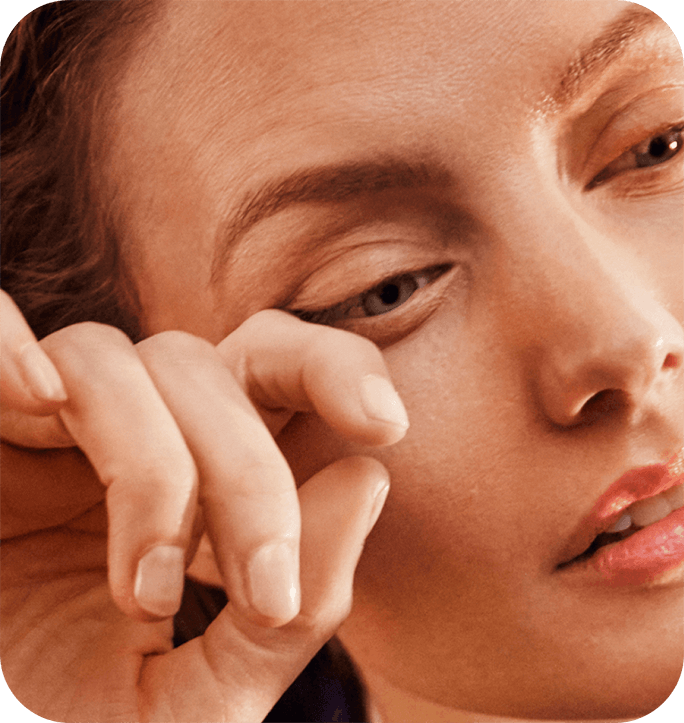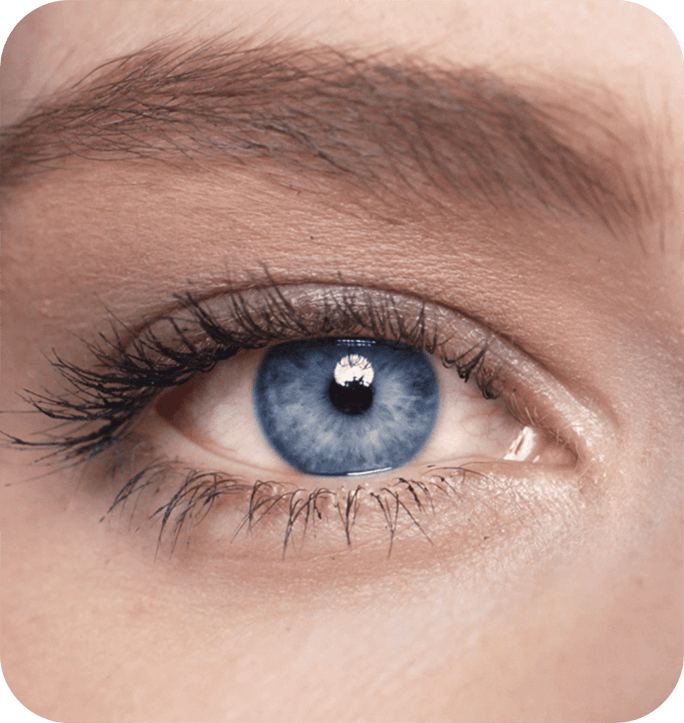DRY EYE CAN
HIDE IN
PLAIN SIGHT
Get to Know Your Dry Eye.
Learn to recognize the symptoms, understand
possible causes, and find relief.
Dry eye isn’t
always easy to see
Sufferers of dry eye find it extremely or very bothersome1
Sufferers are aware of how their eyes feel — reporting they sometimes can practically hear themselves blink1
Based on the Bausch + Lomb State of Dry Eye online survey by The Harris Poll
UNDERSTANDING DRY EYE
Dry eye is
on the rise
Approximately 150 million Americans experience occasional or frequent dry eye symptoms, including an increasing number of younger people.2
Despite the growing prevalence of dry eye, the majority of Americans may not know their eye symptoms may be associated with eye dryness, which can cause a delay in care.
If not addressed, symptoms can become more frequent and more severe, progressing to dry eye disease, which may cause damage to the eye surface and problems with your vision.
Do you have
any of these
symptoms?
Nearly all
sufferers
experience them.
-
Scratchy or gritty feelingAs if something is in the eye
-
RednessSometimes with inflammation
-
Fluctuating vision or blurrinessEspecially when reading or looking at things close up
-
Tired eyesHeavy feeling in the eyes
-
Eye irritationStinging or burning sensation
Dry eye can impact your quality of life, and most sufferers (67%) had to give up or cut back on something to relieve symptoms, most commonly screen time use (32%).1
Did you know?
Eight in 10 sufferers are
aware of how their eyes feel1
There is no cure for dry eye—but
there are ways to manage the
symptoms and prevent damage
Many sufferers don’t routinely see an
eye doctor, even though it’s
the primary way to get evaluated

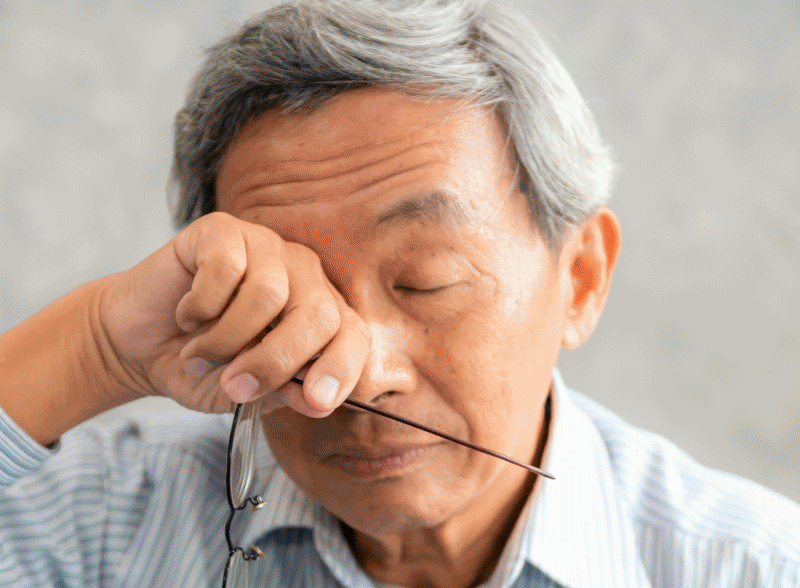
WHAT’S BEHIND dry eye?
Possible influencing factors:
- Lifestyle
- Modern-day factors (digital device use, anxiety, stress)
- Medications
- Hormonal changes
- Age
- Environment
If occasional dry eye is left untreated, over time, it may get worse and progress to dry eye disease, impacting your eye health and vision.
Why does dry eye happen:
- Eyes don't make enough tears, and/or
- Poor quality tears evaporate too quickly
The majority of those who progress to dry eye disease also have underlying inflammation.
EYES TELL THE STORY:
THE IMPACT OF DRY EYE
Dry eye can affect everyone differently, depending on a number of factors, like cause and severity.
Meet Kayte, Alvin and Brianne and learn about their stories and experiences living with dry eye.
Kayte, Alvin and Brianne are paid sponsors.
Living with dry eye?
Want to share your experiences with others?
Tell us your story for a chance to be featured in a future campaign to raise awareness and understanding of dry eye.

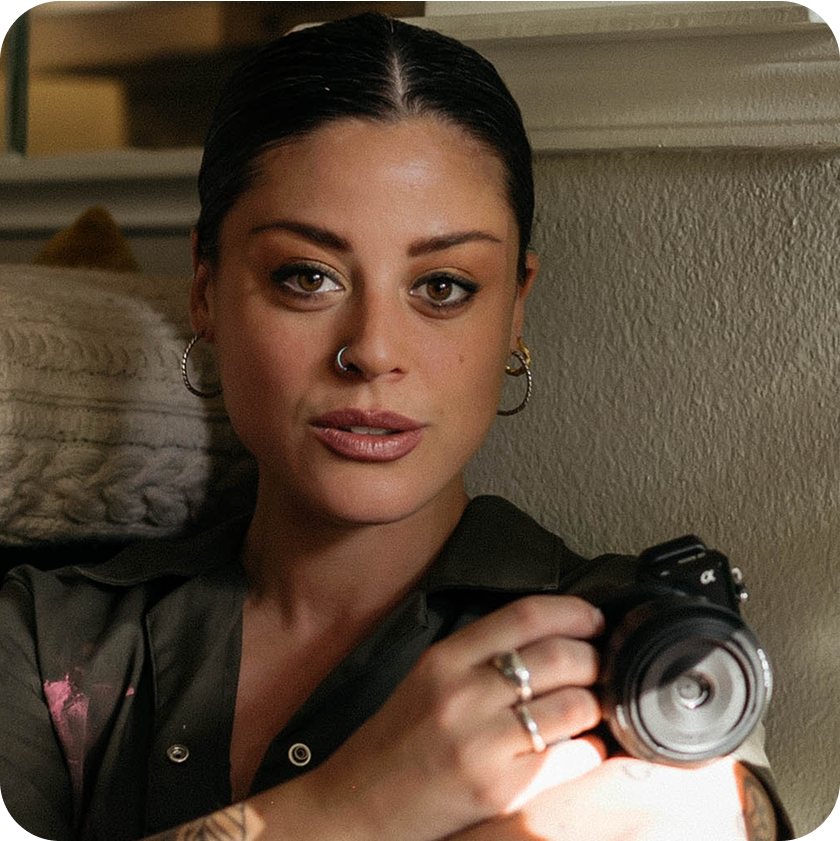
Kayte Demont, a photographer who experiences dry eye, has collaborated with Bausch + Lomb to capture images of others, who like her, are also living with the daily disruptions of dry eye symptoms.
Ever since she can remember, Kayte has been obsessed with eye care, which she attributes to her career as an artist and needing to rely heavily on her vision to process the world around her. When she’s working, Kayte’s eyes are constantly glued to a screen or squinting to look through a lens, to keep everything in focus. To help her get through her day, both professionally and personally, she usually carries her eye drops wherever she goes.
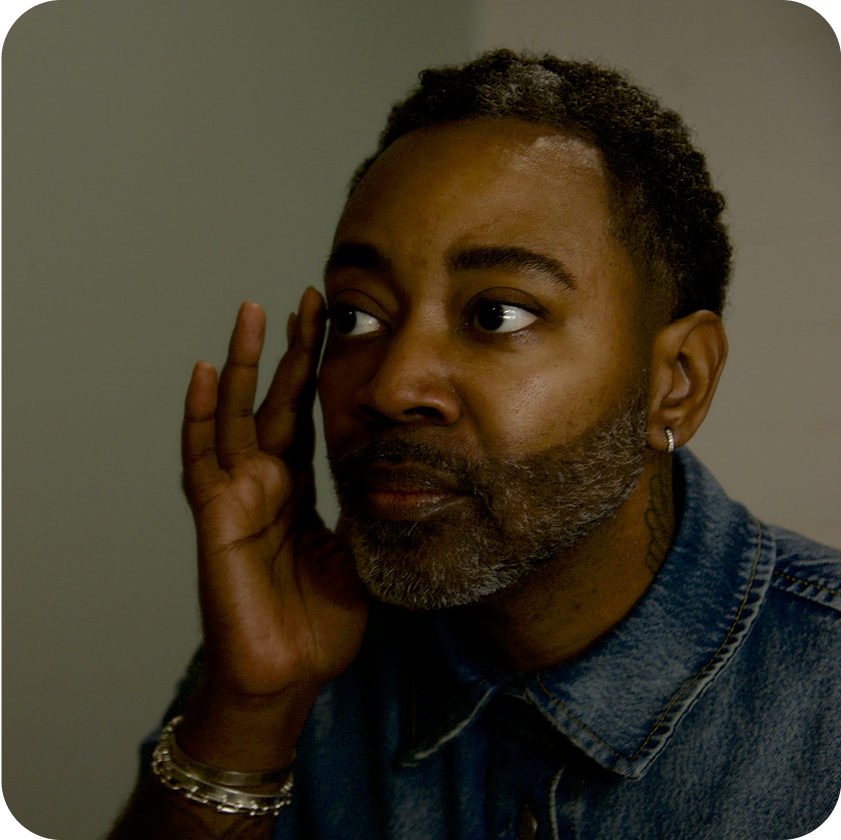
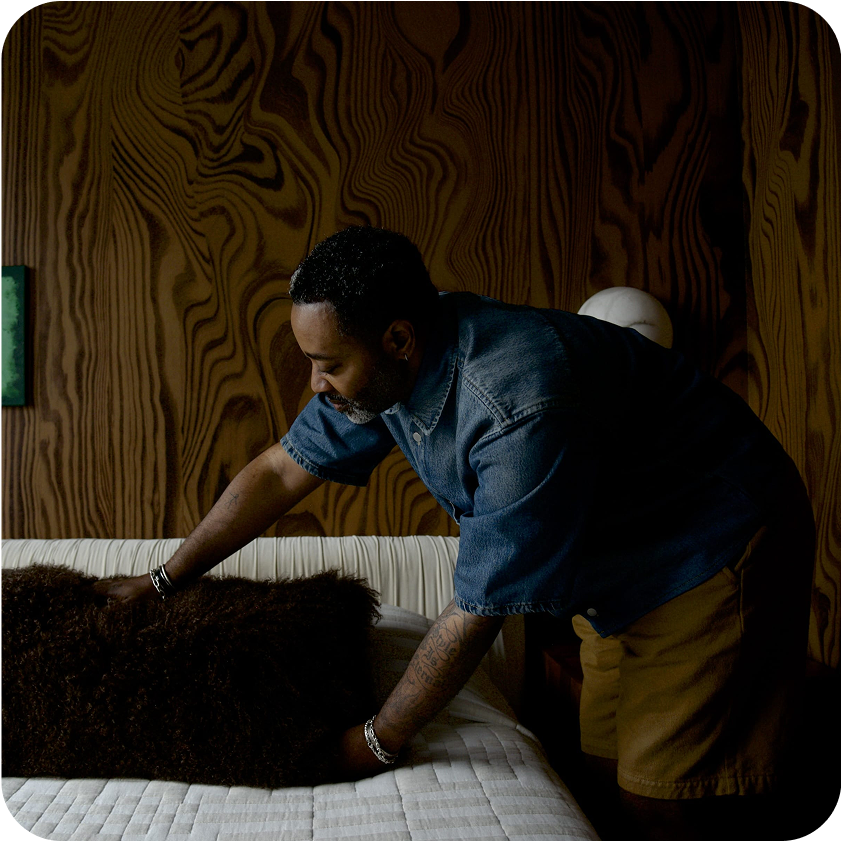
Alvin Wayne, an interior designer, lifestyle content creator, and men’s health advocate whose dry eye symptoms are exacerbated by long working hours.
Alvin has been dealing with dry eye symptoms for a few years. At first, he had some occasional irritation, but over time, his symptoms started to become a constant issue — burning, blurry vision and a gritty feeling, especially after long days on his laptop or phone. He finally saw his eye doctor to discuss relief options and now manages his symptoms through lifestyle adjustments and the use of eye drops.
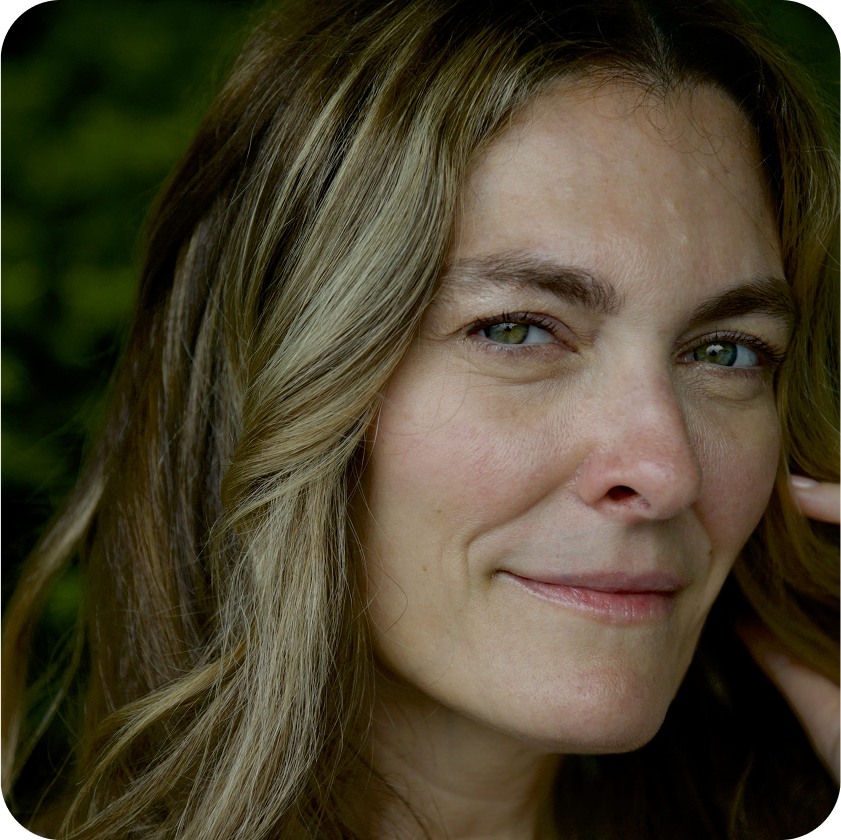
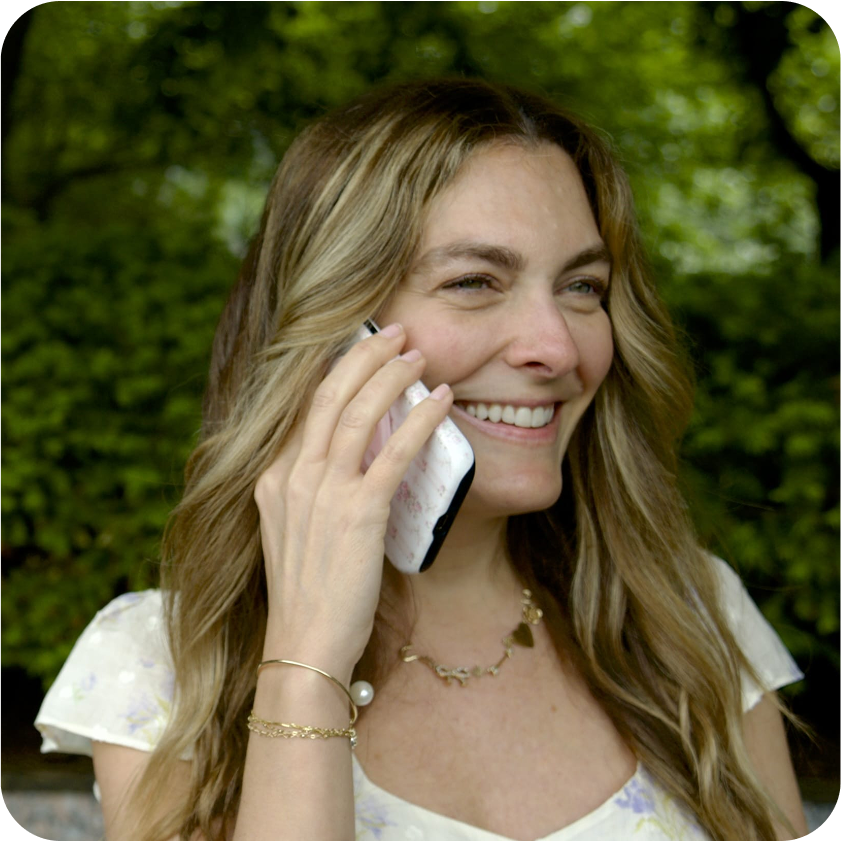
Brianne Manz, a lifestyle, parenting, fashion blogger, experiences dry eye symptoms aggravated by excessive time spent on screens.
Brianne started feeling symptoms years before she knew it was dry eye. It wasn’t until she went to an eye doctor about two years ago that she finally realized what she was feeling was due to dry eye. Now she knows to take frequent breaks from using her phone and computer throughout the day, and has found what works for her to manage her symptoms.
Living with dry eye?
Want to share your experiences with others?
Tell us your story for a chance to be featured in a future campaign to raise awareness and understanding of dry eye.
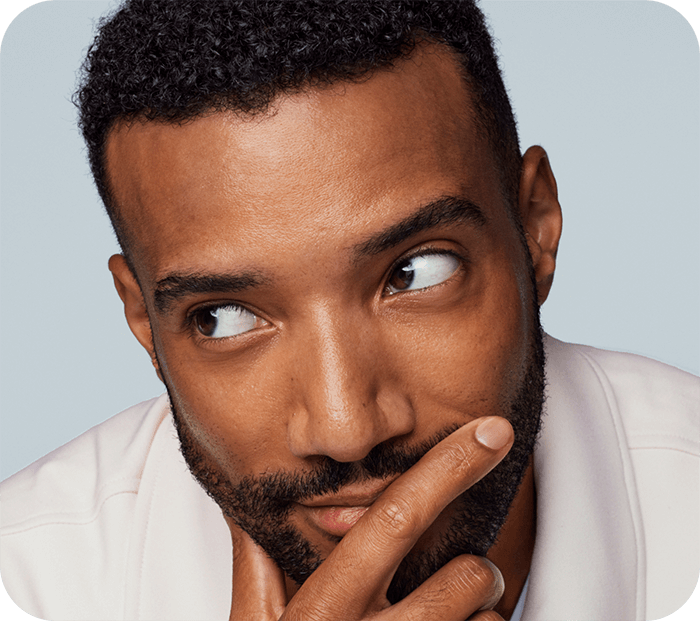
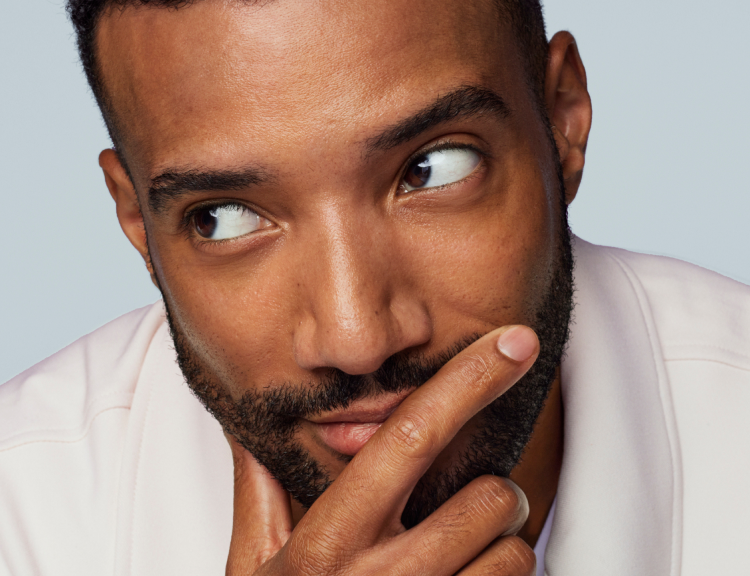
Relief Options for Dry Eye
Finding An Option
that works for you
Dry eye can make people very aware of how their eyes feel, which isn’t normal.
How products can help relieve symptoms:
- Lubricating the eyes
- Treat inflammation of the eyelids or eye surface
- Address tear evaporation
- Increase tear production
Based on the severity of your symptoms, your eye doctor may diagnose you with dry eye disease and prescribe a prescription medication.
If you believe you may have dry eye, talk to an eye doctor to discuss potential options based on your symptoms.
Over-the-counter options
Depending on the severity and frequency of your symptoms, over-the-counter products could be the right fit. Learn more about OTC options to discuss with an eye doctor.
Prescription options
For persistent and/or more severe dry eye, prescription eye drops are available. Learn more about prescription options to discuss with an eye doctor.
Frequently asked questions
How do I know which dry eye products are
right for me?
There are various options that can help you find relief which may include over-the-counter eye drops, prescription medications or nutritional supplements.
Other symptom management options include in office procedures and therapies, supplements, warm compress on the eyes or eyelid cleaners.
As various tests and procedures can be used to determine the cause and severity of your dry eye, speak to your eye doctor about your options.
When should I see an eye doctor about dry eyes?
Dry eye can make people very aware of how their eyes feel, which isn’t normal. If this feeling is consistent, it’s a sign to see an eye doctor. If left untreated, dry eye symptoms may get worse and progress to dry eye disease, impacting your eye health and vision.
Is there a cure for dry eye?
Dry eye is increasingly common and can range from occasional symptoms of dryness to a chronic condition called dry eye disease.
There is currently no cure, but addressing early can slow the progression of dry eye disease.
Managing dry eye often requires a combination of products tailored to your specific symptoms and lifestyle.
Regular check-ups with an eye doctor are important to help you find the right relief.
How can I get involved in the Eyes Tell the Story Campaign?
For a chance to be featured in a future campaign, you can submit your story at the link above or at https://knowyourdryeye.com/submit-your-story.
1 The Bausch + Lomb State of Dry Eye survey was conducted online in the United States by The Harris Poll among a nationally representative sample of 2,003 U.S. adults aged 18 or older including 461 “sufferers” (defined as those who often/always experience eye dryness or have been diagnosed by a healthcare professional with dry eye disease) and 1,542 non-sufferers. “Respondents” or “Americans” refers to all 2,003 survey participants. The survey was conducted April 15-23, 2024.
2 MultiSponsor Surveys, Inc. The 2022 Study of Dry Eye Sufferers. August 2022.


